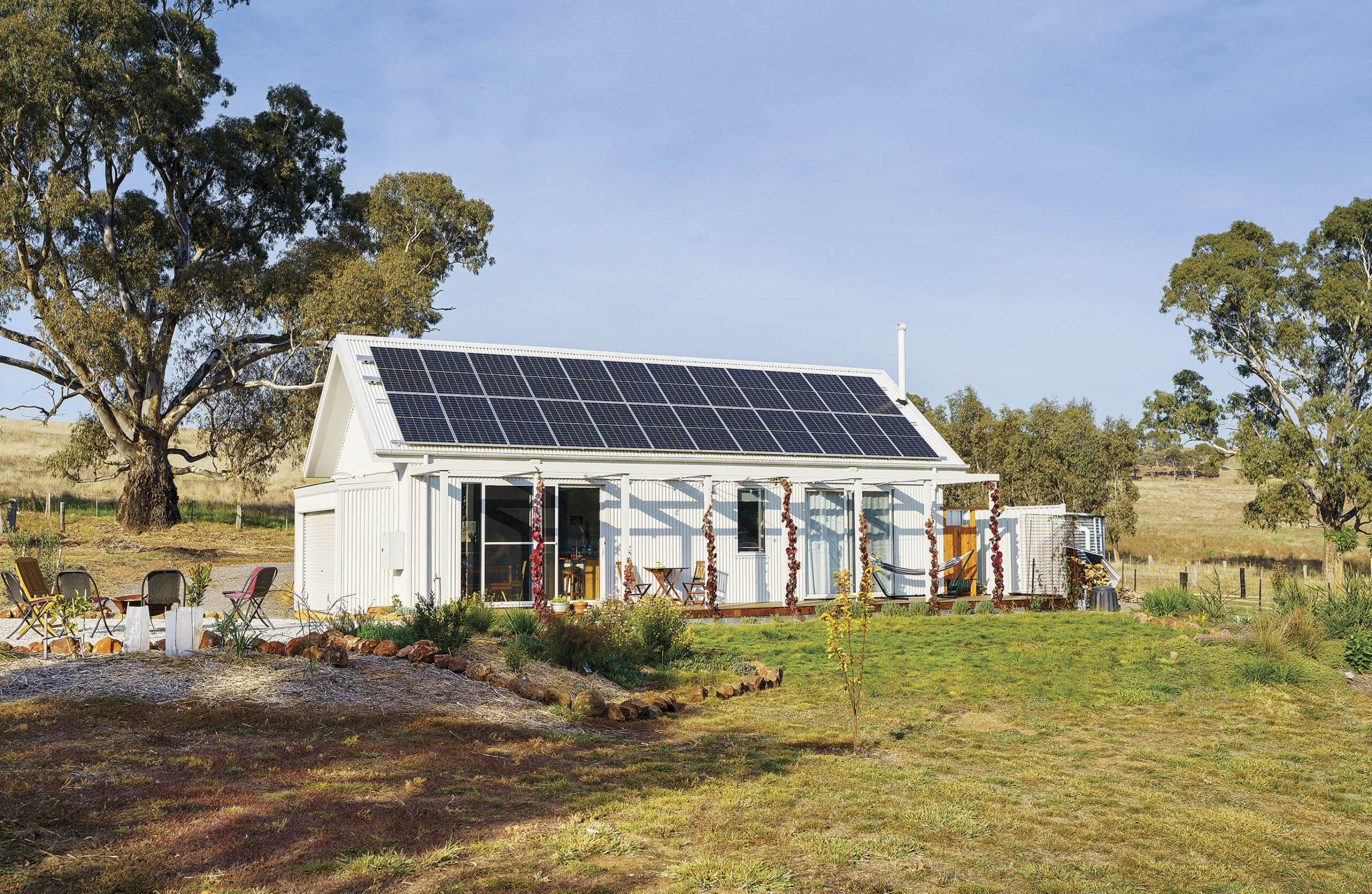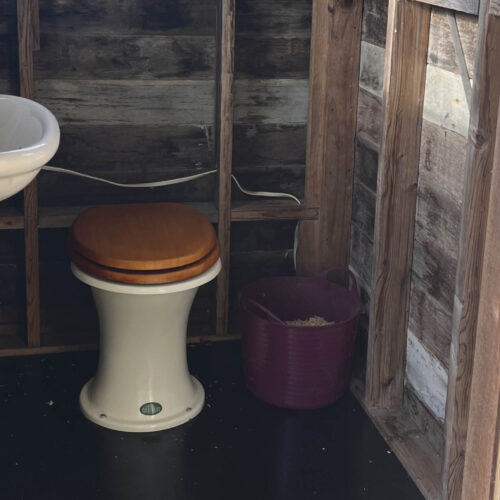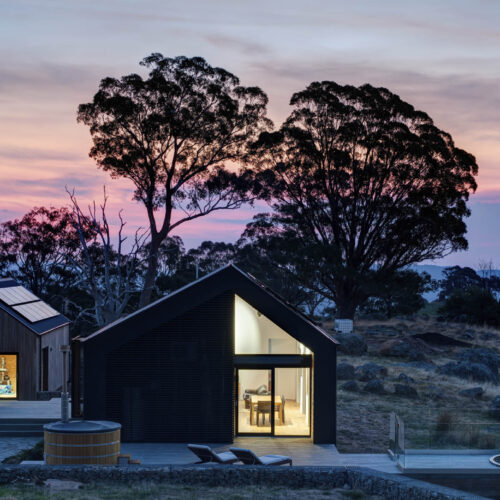Life in an off-grid small home
2023-06-21T07:31:54+10:00
This couple wanted to go off-grid so decided to build their own tiny house in the country, and we can learn from their experience.
When Brendon Hillermann and his partner Josie Ryder finally bit the bullet and decided to swap inner-city Melbourne for central Victoria, going off-grid made perfect sense.
“We found this half-acre block that was cheap, because there were no services to it,” Brendon says. “It was actually quite expensive to put services into it, which had obviously deterred a lot of people. But it didn’t deter us. We wanted to go off-grid anyway, so it all just kind of coalesced.”
Three years after moving in, Brendon is delighted with life off the grid: “The house is just awesome,” he says. But there were some aspects that were a lot more difficult than others.
Two major challenges
Brendon and Josie have changed their careers since moving to the country: he went from being a CEO and sales manager at a digital agency to working in biodiversity offsetting, and she swapped user-experience design at Australia Post to garden design in the country.
They love their new lives. But two aspects of off-grid living have proved challenging: water and growing food.
“Water is where we really, really made our mistakes,” Brendon says. “A really small house is amazing, except when you need a lot of catchment area to supply your water. And we’re in a low rainfall area.”
They’ve had to buy water in to supplement what they collect. But they’ve started adding to their roof catchment, with a storage shed, a glasshouse, and plans to add a roof over the deck pergola, while still retaining the vine.
“That will get us to water independence,” he says.
The other issue has been gardening in low-nutrient clay soils, in hot summers and freezing winters, with limited water. However, lessons are being learnt – wicking beds, a greenhouse, double digging, and a separate garden water tank have helped – and Brendon estimates they provide about 30 per cent of their own fresh food from their chemical-free gardens.
“We’re self-sufficient in greens and spring onions and things like that. And we’ve had an awesome harvest of tomatoes. We’ve got enough passata for a year.”
This information comes from a feature Simon Webster wrote for our Winter issue (OG 142). There’s a selection of back issues available here — you can also subscribe and get the most recent issues delivered to your door!







